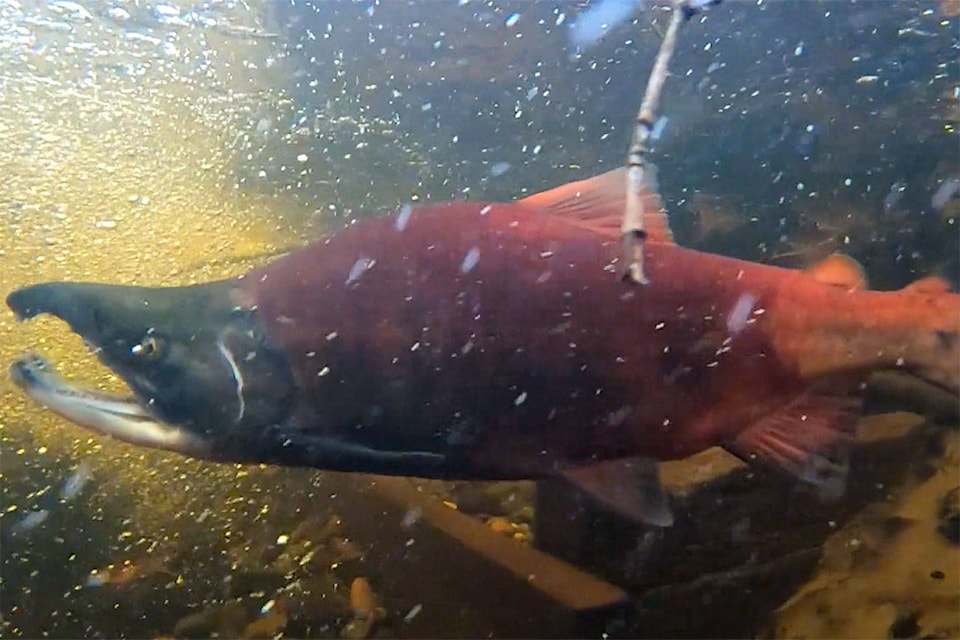March’s drawdown of the Okanagan Lake may have left thousands of unhatched kokanee salmon eggs and fry out of water.
The annual drawdown, a process in which a body of water’s level is reduced to prevent flooding, took place despite members of the B.C. Wildlife Federation saying that it was too early.
As a result, 75 per cent of kokanee eggs and fry were stranded out of water and left to dry up.
The premature drawdown could result in a serious undermining of a nearly three-decade-long recovery effort for local kokanee salmon populations, said B.C. Wildlife Federation (BCWF.)
BCWF’s Okanagan president Patrick Whittingham said that millions of dollars and countless volunteer hours have been spent since 1990 to refresh the population, adding “by drying these eggs up we may have just set ourselves back decades.”
The drawdown is important to maintain safe water levels along the lake, as there isn’t proper infrastructure in place to adapt to rising levels in the spring.
READ MORE:
The Penticton dam is only capable of releasing one and three-quarter centimetres of water daily, while spring runoff can raise the level of the lake up to eight centimetres each day.
Additionally, a large release of water downstream of Penticton and into the Okanagan River could be detrimental to the sockeye salmon that lay their eggs in the river.
In order to prevent the lake’s water level from rising to dangerous heights, threatening to flood homes and businesses, the B.C. government begins releasing water from the lake before runoff can re-fill it.
According to the Okanagan Nation Alliance, the government’s estimated kokanee emergence date was March 21, which the alliance says was too early.
Fish and Wildlife Restoration project director Jesse Zeman said that the government’s inflow water monitoring tools aren’t able to keep up with climate change and its effect on runoff and the lake.
Zeman suggested that drawing down the lake before October would be an interim solution to the problem, forcing the kokanee to lay their eggs further down the shoreline and reducing the risk of becoming stranded during the spring drawdown.
“In the short-term, B.C. needs a watershed security fund and strategy to deal with the earlier and more intense spring runoff followed by the dry summers we’re currently experiencing,” Zeman said.
Zeman added that a long-term solution may involve moving “homes and buildings … further from the lake and stream edges” to prevent flooding and the need for annual runoffs potentially affecting future kokanee populations.
“That sounds like a radical solution, I know, but the climate is changing and we have to adapt to a new reality,” Zeman concluded.
READ MORE:
Like us on and follow us on .
Want to support local journalism? Make a donation




